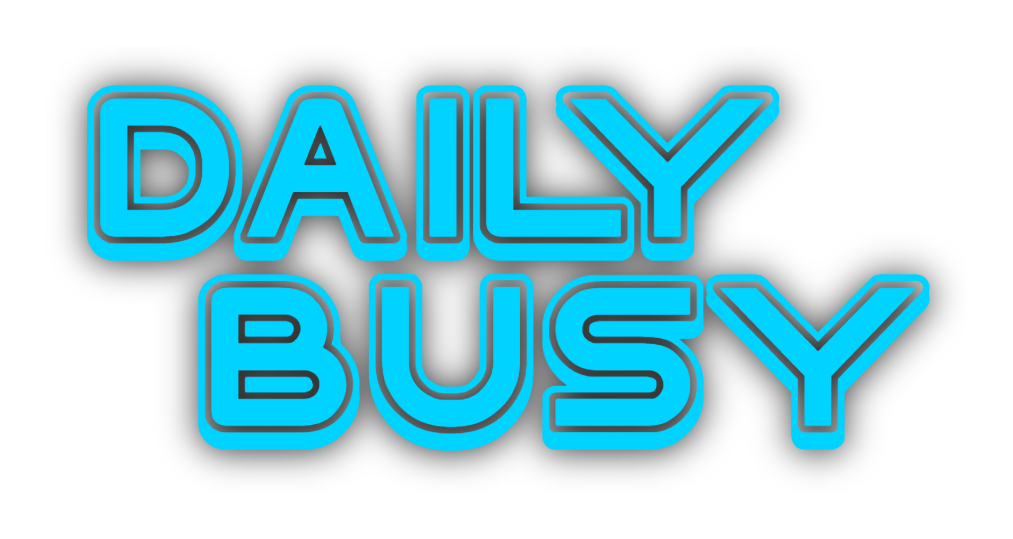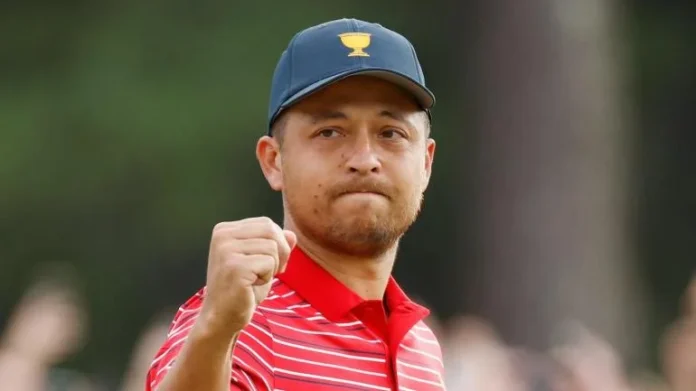Several participants of the upcoming 2024 Presidents Cup used last week’s Procore Championship as a final opportunity to sharpen their skills before the big international showdown. While the sample size was small, one thing became clear: the International team currently looks more polished than its American counterpart.
Although the United States is traditionally considered the favorite, recent performances suggest that the Americans may not have as big of an edge as expected in Montreal.
The U.S. team still has a strong case for victory. They boast the world’s top two players, Scottie Scheffler and Xander Schauffele, and the International team is missing some key players who are unable to participate due to their involvement in LIV Golf. Plus, the Americans haven’t lost this event in over 25 years.
However, this U.S. squad doesn’t appear as sharp or dominant as usual. Most of their top players haven’t competed since the Tour Championship, and those who played last week in California struggled. For instance, Wyndham Clark, an automatic qualifier, and Max Homa, a captain’s pick, both missed the cut. Homa, in particular, has been in a slump, with no top-20 finishes since May. On the other hand, Sahith Theegala had a solid performance but fell short of the showing by some of his International rivals.
Mackenzie Hughes, the International team’s 12th man, finished tied for 5th, with fellow Canadian Corey Conners also securing a top-10 finish. Min Woo Lee made the cut as well. Meanwhile, International team captain Mike Weir may have missed the cut, but his score matched Homa’s and bettered Clark’s.
This isn’t a disaster for the United States, but it raises questions. Last year’s Ryder Cup saw a narrative about the U.S. team being rusty due to limited playing opportunities, and the same situation seems to be unfolding ahead of this year’s Presidents Cup. While both teams face similar challenges with limited play in the weeks leading up to the event, the U.S. team struggled with logistics and readiness going into Rome a year ago.
Another concern is the lack of a clear “go-to guy” for the U.S. at the moment. In previous international events, players like Justin Thomas and Jordan Spieth led the way, but now the U.S. lacks that standout leader. While Scheffler and Schauffele are undeniably the best players in the world right now, they haven’t yet proven themselves in team competitions, which are a different challenge than individual tournaments.
Who can inspire confidence and lead the U.S. to victory in hostile territory? Patrick Cantlay? Possibly, but his form has dipped recently. Brian Harman, Russell Henley, or Tony Finau? The answer is uncertain. While Scheffler and Schauffele are capable of carrying the team, it’s unclear whether they’ll be able to do so under the pressure of a team event.
Meanwhile, the International team is hungry, and the home crowd in Canada will be roaring for a Mike Weir-led victory. The U.S. hasn’t appeared as prepared and focused as in previous editions, and some of Jim Furyk’s captain’s picks have raised eyebrows, with the selections seeming more like a checklist of points leaders than strategic choices.
Furyk is a fierce competitor, but the International team has improved, and any advantage they gain early on could create significant problems for the U.S. Still, the Americans are likely to win—their talent is simply superior. The U.S. is favored for a reason, and historically, they don’t lose Presidents Cups.
However, this year’s competition may not be as easy as it looks on paper. Several U.S. players have struggled at past team events, have little experience in them, or are currently in poor form. Add in a spirited home crowd and a nothing-to-lose attitude from the International team, and the Americans could face a tougher battle than expected.
Walking into that environment without being fully prepared can be a daunting task, and the U.S. team might just feel the heat.

